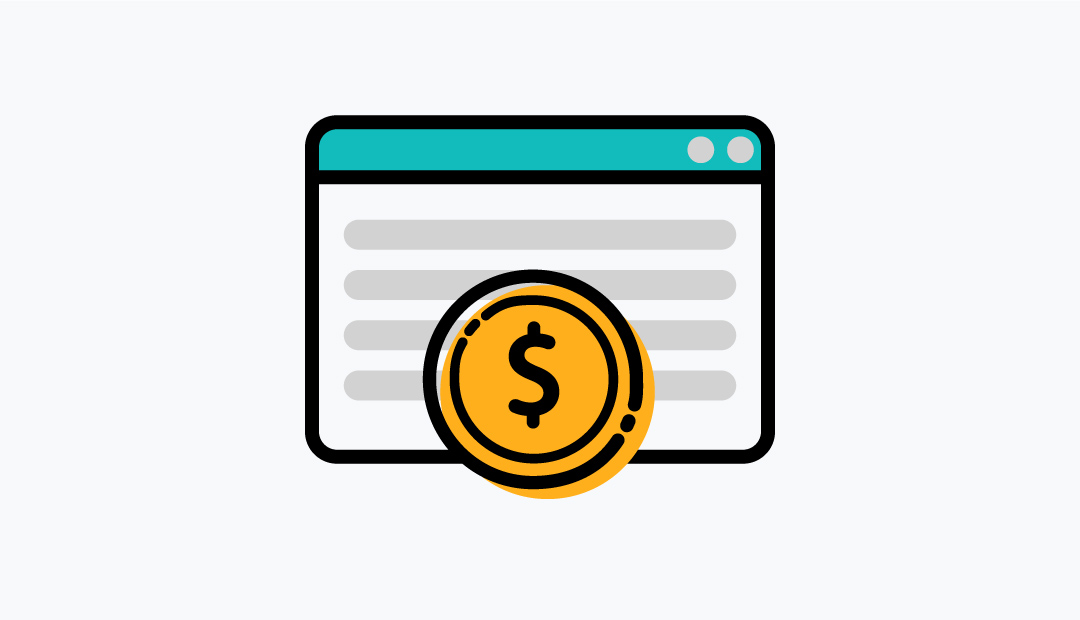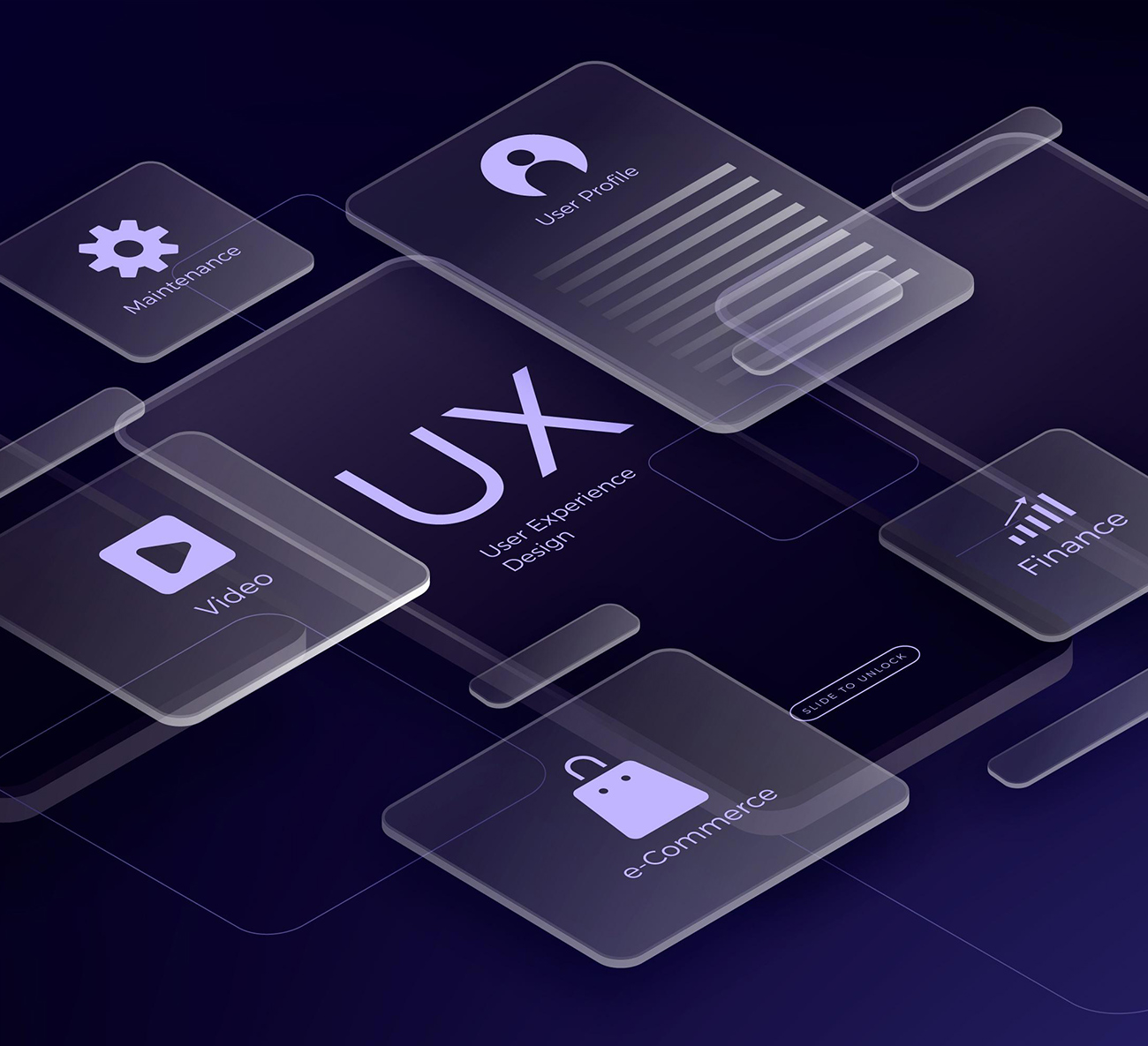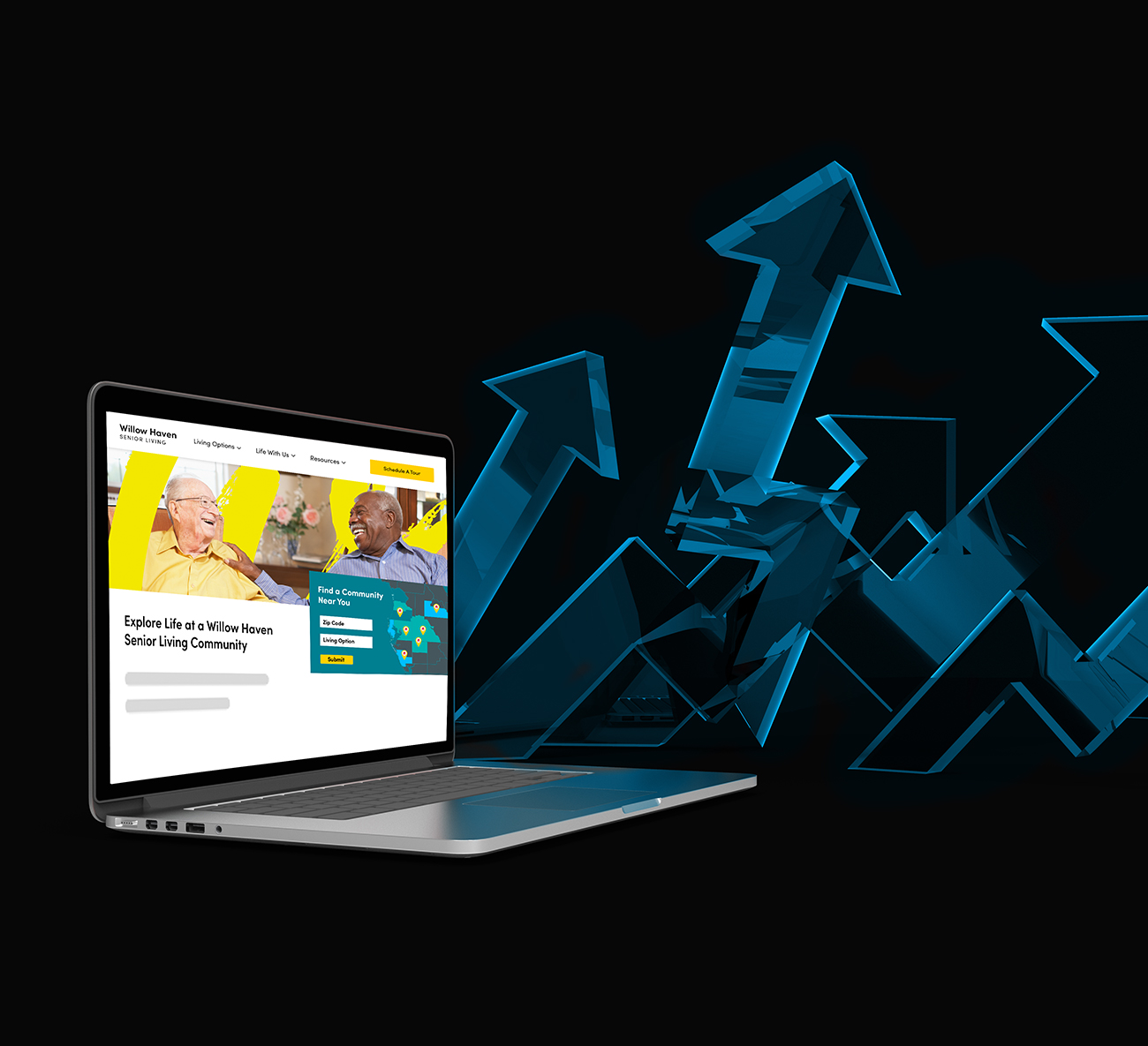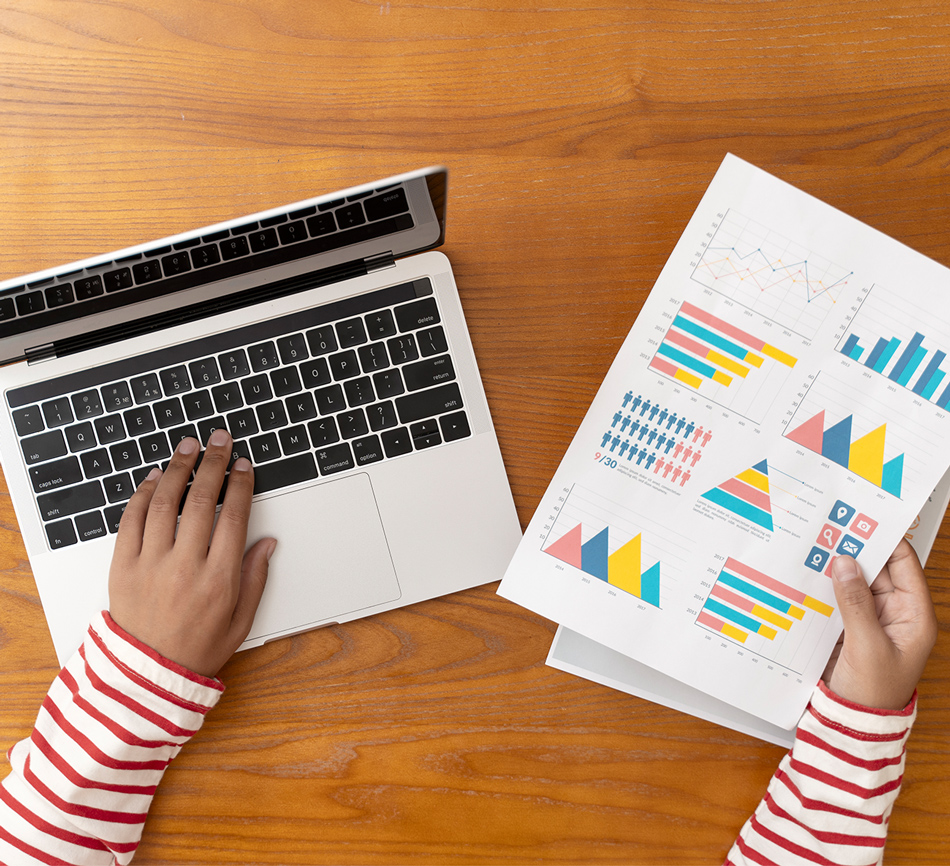Industry watchers following the digital versus traditional trends acknowledge that the single most important differentiator is the ability for digital marketers to target tailored audience segments. Digital marketing now accounts for close to 60% of all ad spending. And the experts say that its rate of growth will continue. Here’s why.
Reason #1 – Targeting
The level of data that is being collected by digital channels has been extremely powerful, and this is why companies like Facebook have been under a microscope for how they are cataloging and using data.
Marketers now can tap into big data to reach niche audiences with tailored brand content. This level of personalization and intent-driven data allows marketers to reach their most ideal target audiences when they are most likely to purchase.
Reason #2 – “Attribution-ability” leads to more efficient media spend
Traditional advertising relies heavily on research to determine ad creative direction, but once the strategic direction is set and the full-page, full-color, very expensive ad is designed, printed and placed, it’s out there and that’s that.
Of course, versions can be placed in different magazine issues in various regions, but the reality is that once it’s out there, the only metric that can be measured is impressions, or how many potential people are likely to “happen upon” the ad, assuming that the reader doesn’t flip right past that page altogether.
And say there is a spike in sales. Although that spike might be able to be attributed to the ad, who really knows? So what’s different about digital?
- Ability to test creative, placement and audience in real-time
- Ability to attribute value and success across the customer journey
- Ability to identify the lowest-performing efforts and remove them
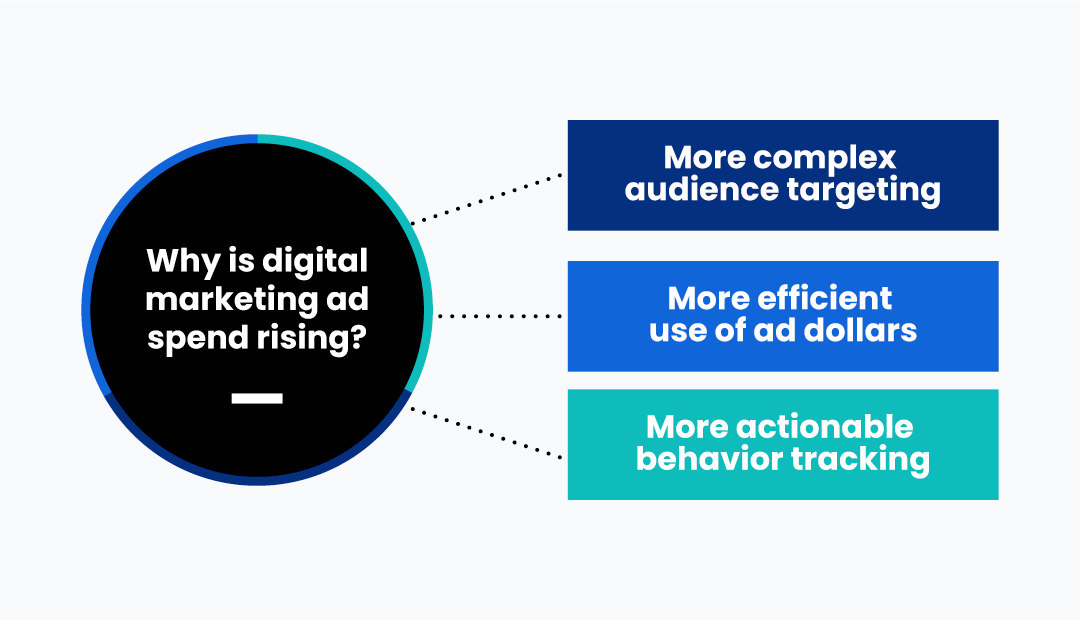
Digital allows attribution modeling to see what’s working, in what time frame, and at which point in the purchase decision. Also, with the right integration, it also allows you to see offline attributions, which can help to highlight the most successful and unsuccessful elements of your efforts.
Reason #3 – Tracking the digital footprint
We’re not all that surprised that digital advertising spend has leapfrogged traditional ad spend; it was just a matter of time.
For years, SSDM has documented this evolution, and if there’s one thing that has stood out over time, it is that those who are leaning into digital are seeking measurable outcomes.
The ability to gather real-time purchase data and gauge which ads are soliciting the most user interaction is an enormous advantage over traditional radio, TV or print advertising.
By accurately tracking the customer journey, you can:
- Address the trends and modify creative or media placement immediately
- Show direct correlation between media spend + results
- Understand and illustrate return on investment
By the numbers
Zenith – the “ROI Agency” arm of Publicis Groupe – estimates that digital advertising will grow by nearly 10% in 2021, accounting for $136.3 billion, or 57.6% of all ad dollars. eMarketer predicts that by 2023, digital advertising will account for two-thirds, or 66% of all ad dollars. Not surprisingly, Google leads the top five on the digital ad revenue list, with Facebook not far behind.
- Google: 37.2%
- Facebook: 22.1%
- Amazon: 8.8%
- Microsoft + LinkedIn: 3.8%
- Verizon: 2.9%
Research + results
So, is this the death knell for traditional advertising? Of course not. Although, have you been in a hair salon or doctor’s office lately? (Actually, maybe not …) For the one lone person sitting there reading a magazine, three others are glued to their smartphones, getting the latest news, playing games and being served ads continuously. On a device that telegraphs its data straight to the advertiser.


